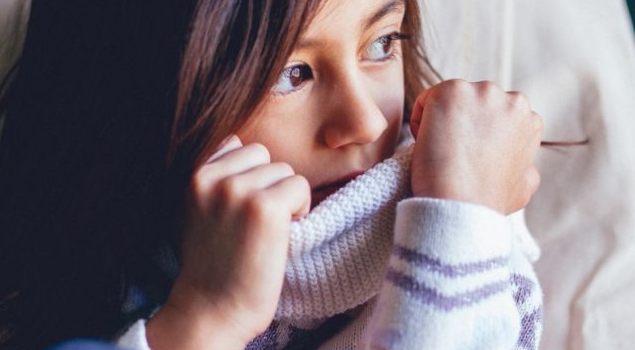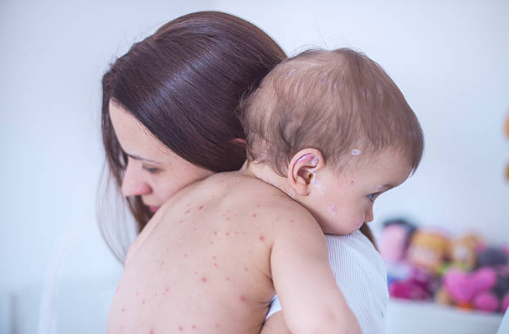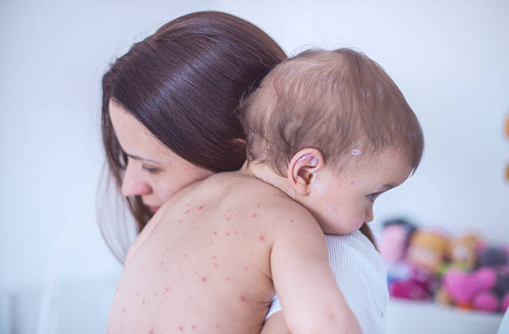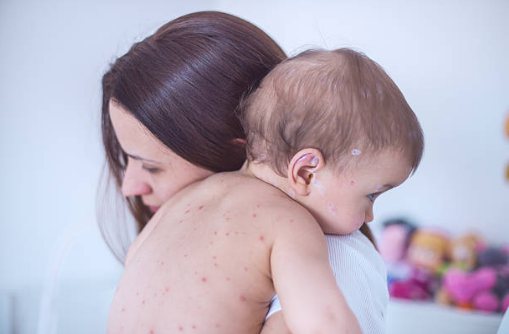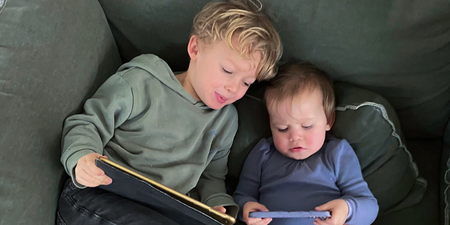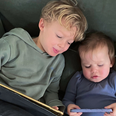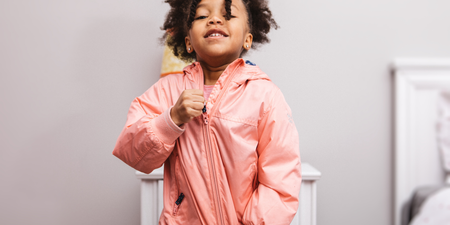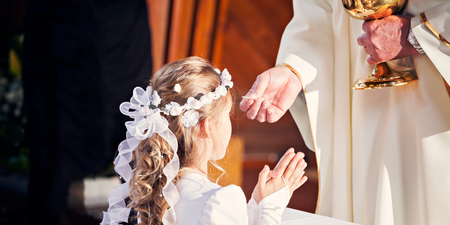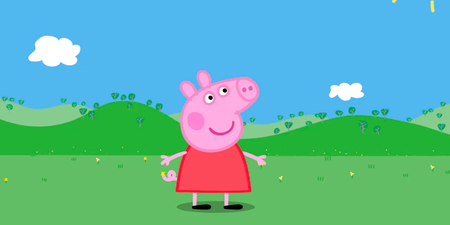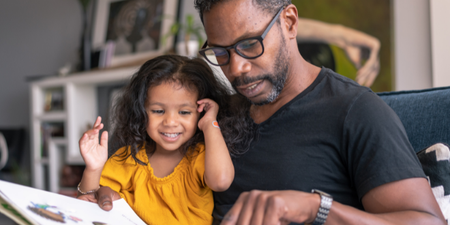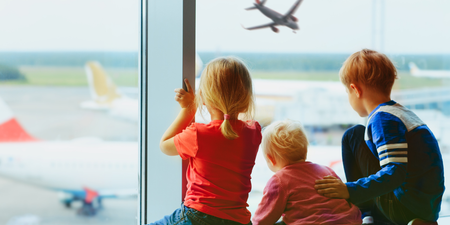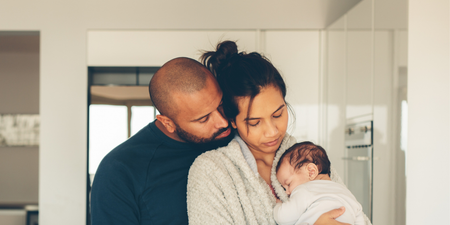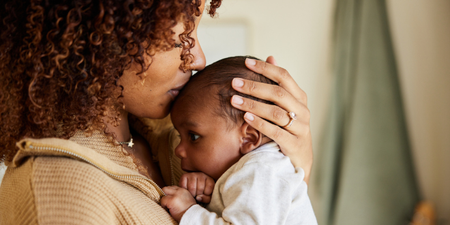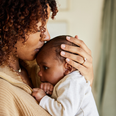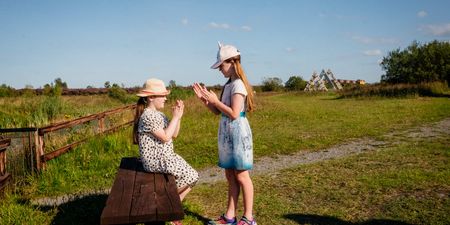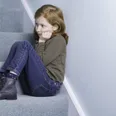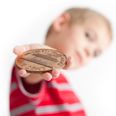In a world where there is increasing pressure to be perfect, to succeed, to do well, to get ahead – all made worse by the social media we all consume – is it any wonder more and more children are now being diagnosed with anxiety disorders?
However, when it comes to reckognizing the signs that your child has anxiety or might be feeling anxious is often not as straight forward, as children will often not be able to put into words what they feel. Especially if those feelings are difficult to deal with as it is.
Experts are now warning parents to be on the lookout for tell-tale signs that might signal anxiety in children – and are keen to stress this could show up as a whole list of different behaviour patterens that you might not think of as being anxiety-related at all.
Some therapists say to think of it like an iceberg – where what you see on the surface is usually only a small fraction of what lies below. As in; observing the behavior of an anxious child is sometimes like looking at the tip of an iceberg: underlying the anxious behavior are layers of emotions and experiences.
For instance, your child might ask repetitive questions for reassurance and no matter how many times you answer, the question repeats. You might have the perfect child at school that comes home and constantly picks fights with you or siblings. You may have a child that can’t focus, motivate, or even loses sleep at night. Or maybe your child is downright angry.
The reality is that anxiety can manifest in a multitude of forms, with these eight being ones therapists are telling us to watch out for:
1. Difficulty Sleeping
Anxiety and sleep problems have a chicken and egg connection. Research has shown that anxiety can lead to sleep disorders and chronic sleep disruption can lead to anxiety. In children, having difficulty falling asleep or staying asleep is one of the hallmark characteristics of anxiety. In many kids, trains of anxious thoughts keep them awake long after they should be asleep. Others have anxiety about falling asleep, thinking they will miss their alarm or be tired in the morning.
2. Anger
Anxiety can occur when there is an overestimation of a perceived threat (e.g., a test or a party) and an underestimation of coping skills (e.g.,”I can’t handle this.”). When kids are chronically and excessively worried and don’t feel like they have to skills to manage the anxiety, they feel helpless. Helplessness leads to frustration which can show up as anger.
3. Defiance
There is nothing more frustrating to a child with anxiety than feeling like their life is out of control. As a way of feeling secure and comforted, they seek to take back control, often in unexpected and peculiar ways. For example, a child already experiencing the flood of stress hormones at the prospect of going to bed, lashes out at being given an orange cup instead of a blue one. Unable to communicate what is really going on, it is easy to interpret the child’s defiance as a lack of discipline instead of an attempt to control a situation where they feel anxious and helpless.
4. Chandeliering
Chandeliering is when a seemingly calm person suddenly flies off the handle for no reason. In reality, they have pushed hurt and anxiety so deep for so long that a seemingly innocent comment or event suddenly sends them straight through the chandelier. A child who goes from calm to a full-blown tantrum without a reason is often ill-equipped to talk about their anxiety and tries to hide it instead. After days or even weeks of appearing “normal” on the surface, these children will suddenly reach a point where they cannot hide their anxious feelings anymore and have a disproportionate reaction to something that triggers their anxiety.
5. Lack of Focus
Children with anxiety are often so caught up in their own thoughts that they do not pay attention to what is going on around them. This is especially troublesome at school where they are expected to pay attention to a teacher for hours at a time.
6. Avoidance
As humans, we have a tendency to avoid things that are stressful or uncomfortable. These avoidance behaviors happen in two forms – doing and not doing. If you are trying to avoid getting sick, you may wash your hands repeatedly throughout the day (doing). If you are avoiding a person that makes you feel uncomfortable, you may skip a party or meeting (not doing). The only problem with avoidance is that it often snowballs. Children who are trying to avoid a particular person, place or task often end up experiencing more of whatever it is they are avoiding. If schoolwork is the source of a kid’s anxiety, they will go to great lengths to avoid it and in the process end up having to do more to make up for what they missed. They will have also spent time and energy on avoiding it in the process, making it the source of greater anxiety in the end.
7. Negativity
From a neurological standpoint, people with anxiety tend to experience negative thoughts at a much greater intensity than they do positive ones. As a result, negative thoughts tend to take hold faster and easier than positive ones, making someone with anxiety seem like a downer all of the time. Children with anxiety are especially prone to these patterns because they have not yet developed the ability to recognize a negative thought for what it is and turn it around by engaging in positive self-talk.
8. Overplanning
Overplanning and defiance go hand in hand in their root cause. Where anxiety can cause some children to try to take back control through defiant behavior, it can cause others to overplan for situations where planning is minimal or unnecessary. A child with anxiety who has been invited to a friend’s birthday party may not only plan what they will wear and what gift to take, they will ask questions about who else will be there, what they will be doing, when their parent will pick them up, what they should do if someone at the party has an allergy, who to call if they get nervous or uncomfortable, who they can talk to while they are there… Preparing for every possibility is a way a child with anxiety takes control of an uncontrollable situation.
